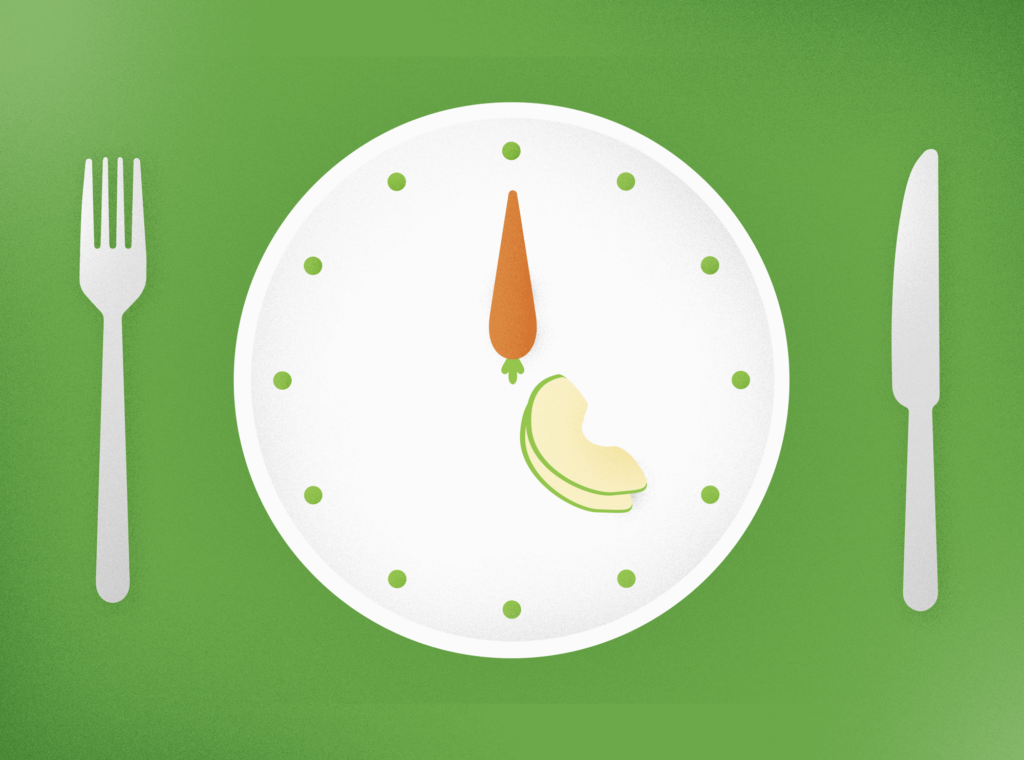
Today, I’ve asked Ralph Hertwig to share his Tip of the Week.
“If you don’t eat your vegetables, you can’t have dessert.”
That’s just one of the many tactics parents have tried in the struggle to get kids to eat more fruits and vegetables. But what actually works?
In a recent study, my colleagues and I found that simply increasing the duration of family meals by approximately 10 minutes can be effective.
Our study was conducted in Germany, so we offered the participants a typical German dinner of sliced bread, cold cuts of cheese and meat, and bite-sized pieces of fruits and vegetables. At one dinner, the meal lasted as long as the family’s usual duration (20 minutes on average). At the next dinner, it lasted 50% longer (10 more minutes on average). When the families sat longer at the table, the children ate seven additional bites of fruits and vegetables—the equivalent of a medium-sized apple—without increasing their intake of the other foods offered.
One possible explanation is that the fruits and vegetables were cut into small pieces, making them convenient to eat. Grabbing more fruit may have seemed easier than topping a slice of bread with cheese.
And the longer meals didn’t lead to eating more dessert. The more relaxed pace allowed children to eat more slowly, with the additional fruits and vegetables helping them feel fuller. Both kids and parents improved their diet without even realizing it.
Don’t encourage fast eating by letting young people leave the table as soon as they’re done.
Do extend family dinners by 10 minutes and serve fruits and vegetables cut into bite-sized pieces. If you try to make meals pleasant and joyful—say, by playing music and talking about interesting topics (not grades!)—you can create an environment that facilitates healthy eating.
With curiosity and gratitude,
Ralph
Ralph Hertwig is the director of the Center for Adaptive Rationality at the Max Planck Institute for Human Development in Berlin.
